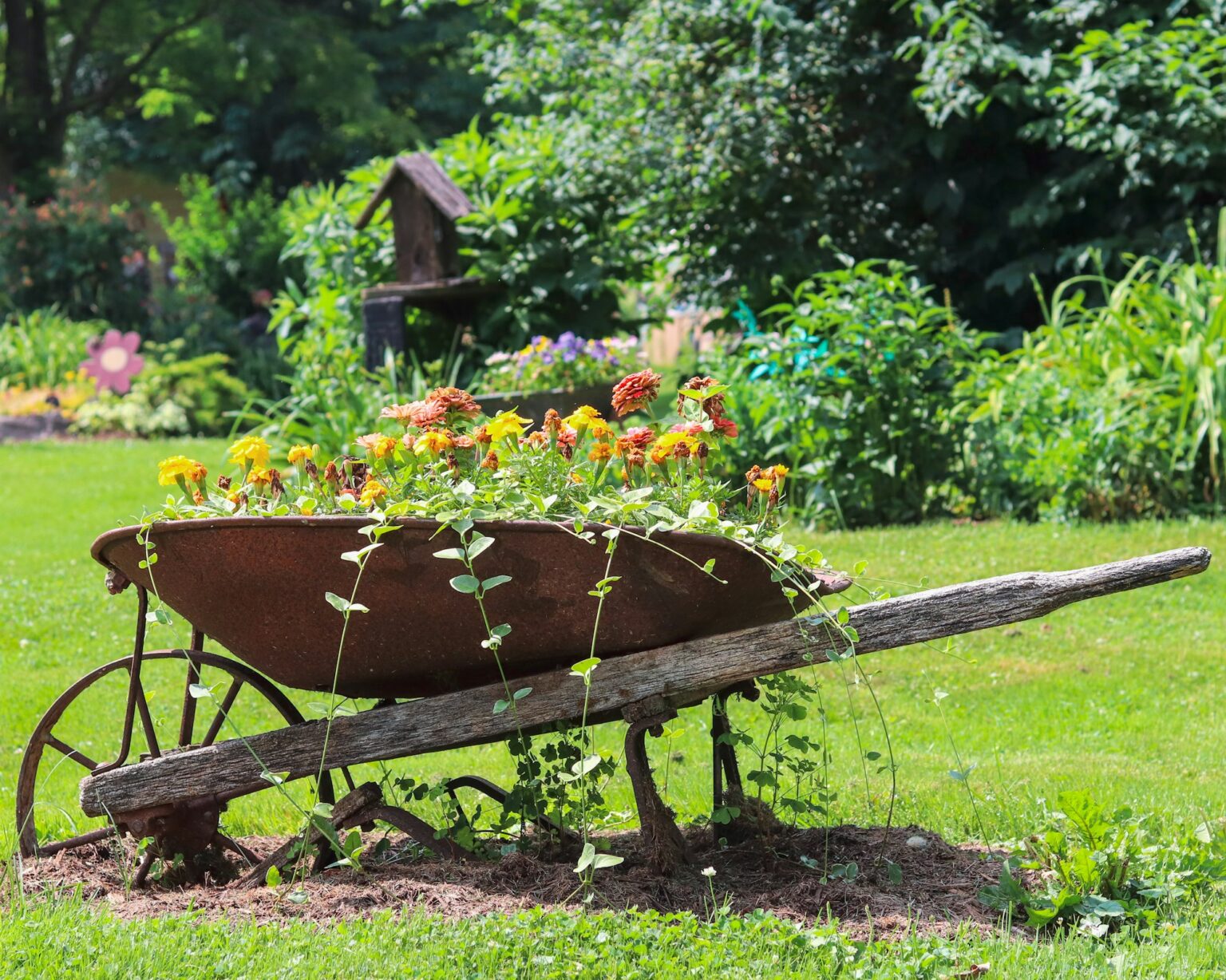Terraced ground can become useful space with careful planning plus solid craft. A well-shaped structure holds soil while shaping neat paths for planting. Good layout reduces runoff while guiding water toward safe drainage points. Thoughtful sizing keeps pressure within safe limits so surfaces stay stable. Strong footings resist movement during wet seasons or hot months. Clear steps help new builders avoid common errors that waste time. Smart choices at the start lower costs across the full project life. This guide explains key steps with simple words for quick action. Follow the flow from survey to finish for a tidy result. When planned right, a sloping yard becomes functional space for greenery and sitting areas. It also raises value and visual appeal with simple maintenance over the years.
Site Reading
Study the slope before any work of garden sleepers begins to avoid guesswork later. Check how water moves across soil during rain. Mark soft pockets that might sink under load. Note nearby trees because roots can shift the base. Plan safe access for tools during each stage. Consider soil type and drainage lines to decide how deep the foundation must go for stable ground. These early checks keep the structure long-lasting even through heavy rainfall or seasonal expansion.
Layout Basics
· Before cutting soil, write a short checklist, then match actions to each point.
· Set the wall line with string so curves stay smooth without sudden bends.
· Mark height steps for tiers so soil levels meet paths with a gentle rise.
· Keep setback uniform so pressure remains steady from base to top.
· Reserve space for a drainage path so water leaves quickly without pooling.
Material Choices
Choose dense timber or concrete for long life in outdoor conditions. Durable sections resist rot and swelling. Moisture barriers reduce decay along contact areas. Galvanized pins secure the face to the footing. Quality fasteners keep joints firm under repeated stress. Seal cut ends to slow water entry. Pick sizes that match the load because bigger slopes need thicker members. Smooth textures give a neat finish and blend well with plants and stone edges.
Drainage Design
· A wall stays strong when water escapes easily through planned routes.
· Lay free-draining gravel behind the face to move moisture away fast.
· Fit a perforated pipe at the base so hidden flow leaves the structure.
· Wrap the stone with fabric so fine soil does not clog the path.
· Shape weep gaps across the face so small streams exit during storms.
Footing Prep
· Strong support begins below ground where pressure concentrates near the base.
· Excavate trench to firm subgrade so weak pockets do not create dips.
· Compact layers in thin lifts so settlement stays small over many seasons.
· Place crushed rock, then level carefully so sleepers sit on a flat bed.
· Add starter posts with precise spacing so boards align without twisting.
Build Sequence
Work from the lowest point upward to lock each course against movement. Set posts first, then check plumb from two sides. Fix the bottom row tightly because it carries every layer above. Stagger joints for better load sharing across the face. Add backfill in thin layers behind each course. Tamp gently to avoid pushing the line outward. Keep the top neat for a clean finish. Check level often to ensure the line remains even as rows rise.
Safety Checks
· Simple routines prevent mishaps while tools move near edges or soft soil.
· Wear sturdy gloves plus eye cover so sharp splinters do not cause harm.
· Store heavy pieces on firm pads so sliding blocks do not bruise feet.
· Lift with a straight back so long boards do not strain muscles during turns.
· Keep children away from the work zone so sudden trips do not occur.
Finishing Touches
· Little details raise quality and extend service life for many years.
· Cap the top with treated boards so rain does not soak the grain.
· Brush sealant on faces so sunlight does not fade color quickly.
· Add edging along paths so soil stays tidy near the walking line.
· Plant ground cover above tiers so roots knit soil without heavy upkeep.
Lasting results depend on patience and a clear method during each stage. Use firm footing plus tight joints so soil pressure stays balanced. Drainage lines protect the structure through wet months while keeping the surface dry. Every small task adds strength and long service life. Light maintenance once a season ensures color and structure remain stable. Keep spare sections nearby for quick swaps after wear or cracks. Terraced zones built with care also boost property charm and create peaceful outdoor space. By using garden sleepers wisely, a slope becomes an elegant area that stands firm over time. With steady attention and simple upkeep, this wall remains secure and attractive for generations.
https://www.africanexponent.com/the-perfect-retaining-wall-sleepers-for-sloping-gardens-a-guide/


